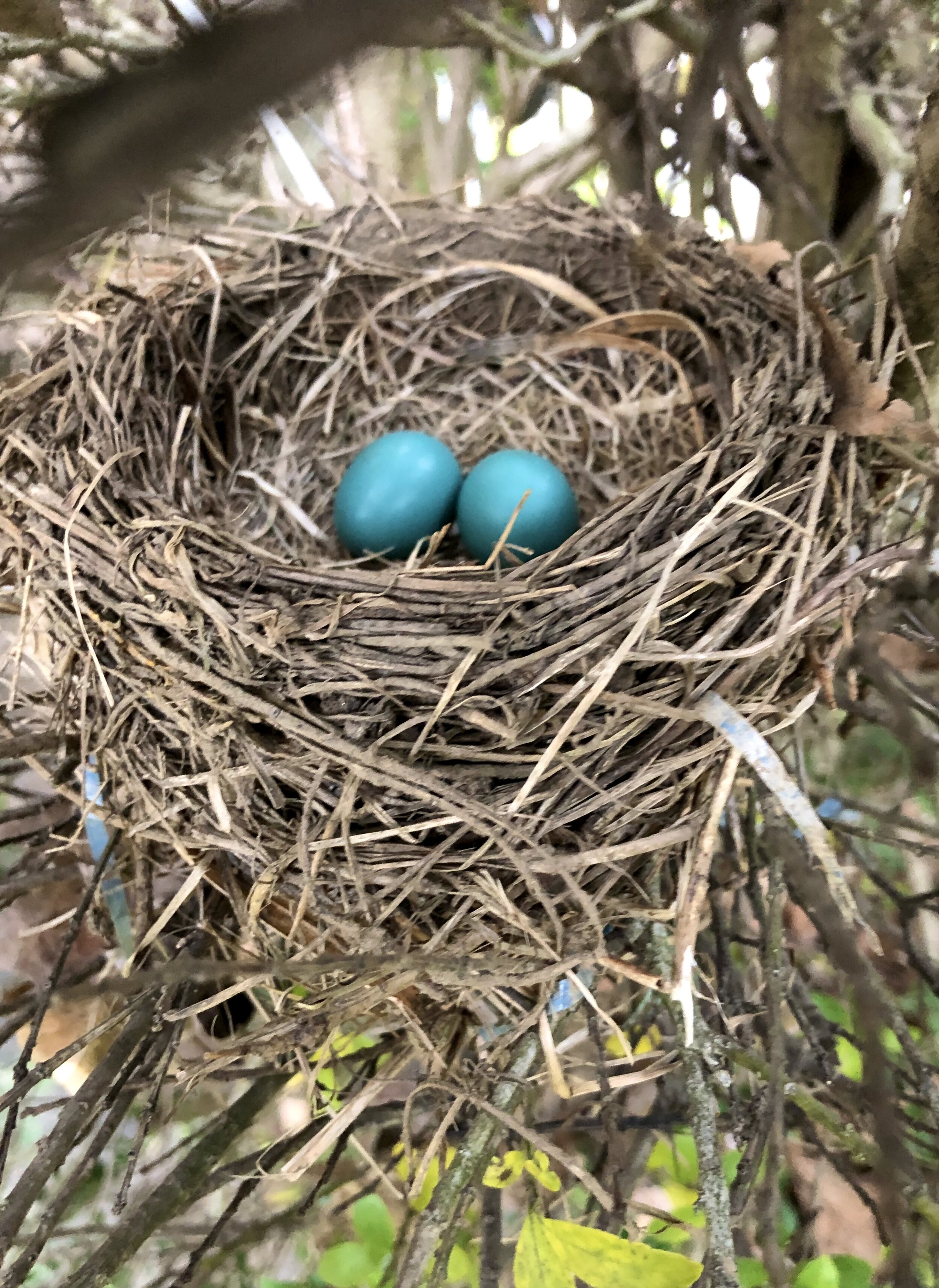Snow is hopefully right around the corner! When snow seems to blanket everything in sight, ground-foraging birds can have some trouble finding food. So with wintery weather predicted this week, I invite you to try a neat new way of attracting birds to your yard. Read on to see how you can use something as simple as a tarp to create a winter songbird buffet!
Dark-eyed Juncos are cute winter sparrows, and colloquially known as Snowbirds. Photo taken at The Woodlands by Toribird.
Just before the flakes begin to fall, spread a tarp across an open patch of ground in your yard. If you can, set it up in a place where seeds may have fallen, such as under bird feeders or near tall native grasses. If that's not possible for you, no worries - just toss a couple cups of birdseed across the area. When the snowstorm is over, lift up the tarp to uncover the bare ground underneath. This patch becomes a sort of oasis in the snowy landscape, and can funnel in birds who are looking for a meal. It's a good way to try to get a species to visit that you've never seen in your yard before!
A bright male cardinal like this one may visit your yard, and bring a welcome splash of color! Photo taken at The Woodlands by Toribird.
There are also natural places that provide food for birds when it snows. Wide, dense bushes, particularly evergreens, can keep ground bare and have an effect similar to that of the tarp, as well as provide some shelter from the cold. Check out some of the Yew bushes near Center Circle to see this phenomenon in action. Also, taller plants such as goldenrod or purpletop grass have seeds that are high enough to remain uncovered and accessible to birds. The small meadow near the mansion at The Woodlands is chock-full of these sorts of plants and thus very popular with birds on a snowy day!
The most frequent visitors to a snow-day cafe, whether natural or man-made, are likely to be sparrows. From the handsome slate-and-white Dark-eyed Junco, to the White-throated Sparrow sporting racing stripes on the head, these active little birds keep the scene full of lively flutter and chatter. If you live in a particularly urban area, the non-native House Sparrow from the Old World may dominate the scene. Other species, such as the classic Northern Cardinal and portly yet elegant Mourning Dove may also come. And you never know what additional surprises might drop in!
If we get snow this week, we will be setting up a tarp of our own at The Woodlands! It will be by the meadow, to the west of the mansion. I hope you get a chance to swing by and check out the songbirds stopping by to dine!
A video of White-throated Sparrows and cardinals enjoying an exposed and well-seeded patch at The Woodlands on the evening of December 21. Video by Toribird.
Written by:
Toribird














